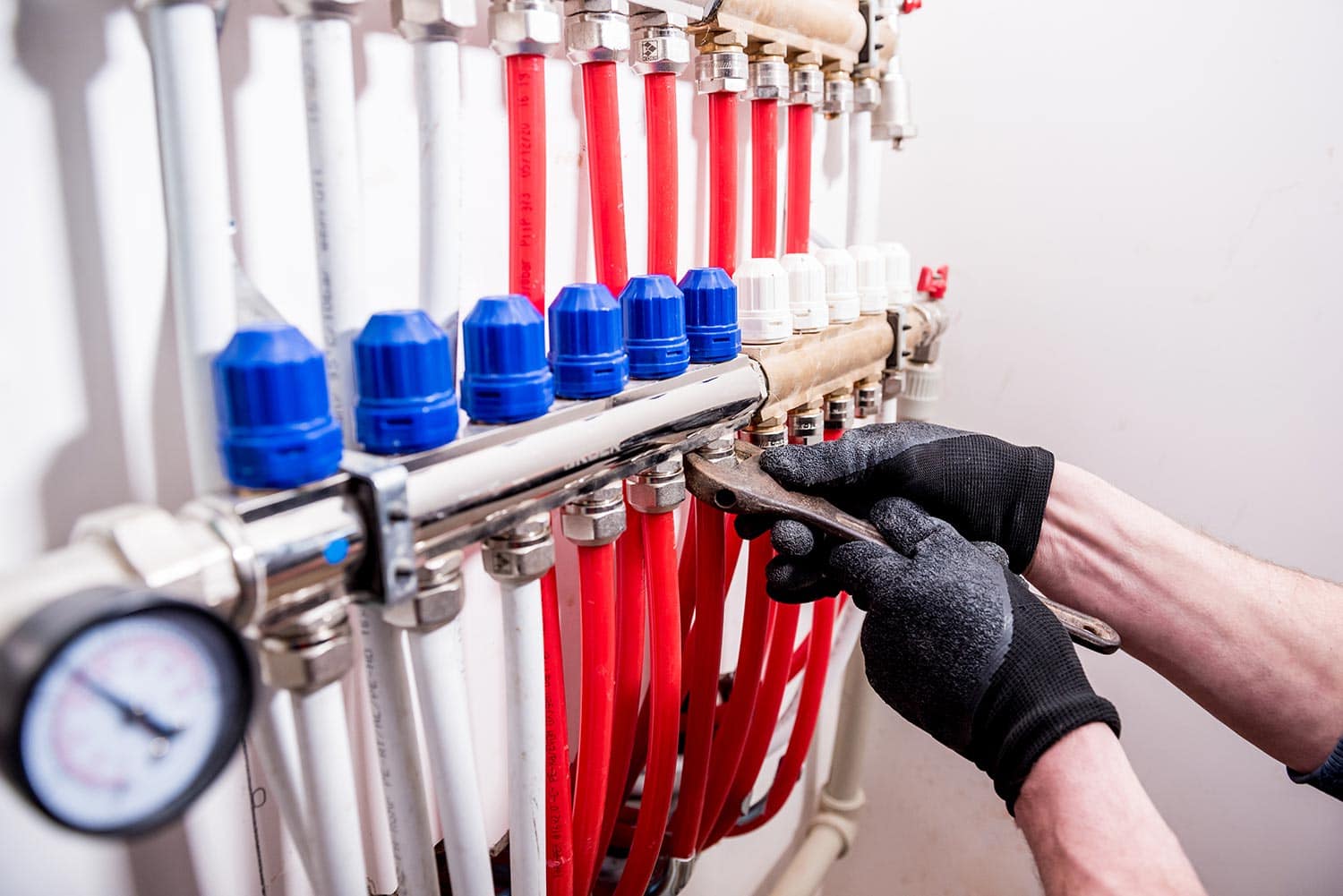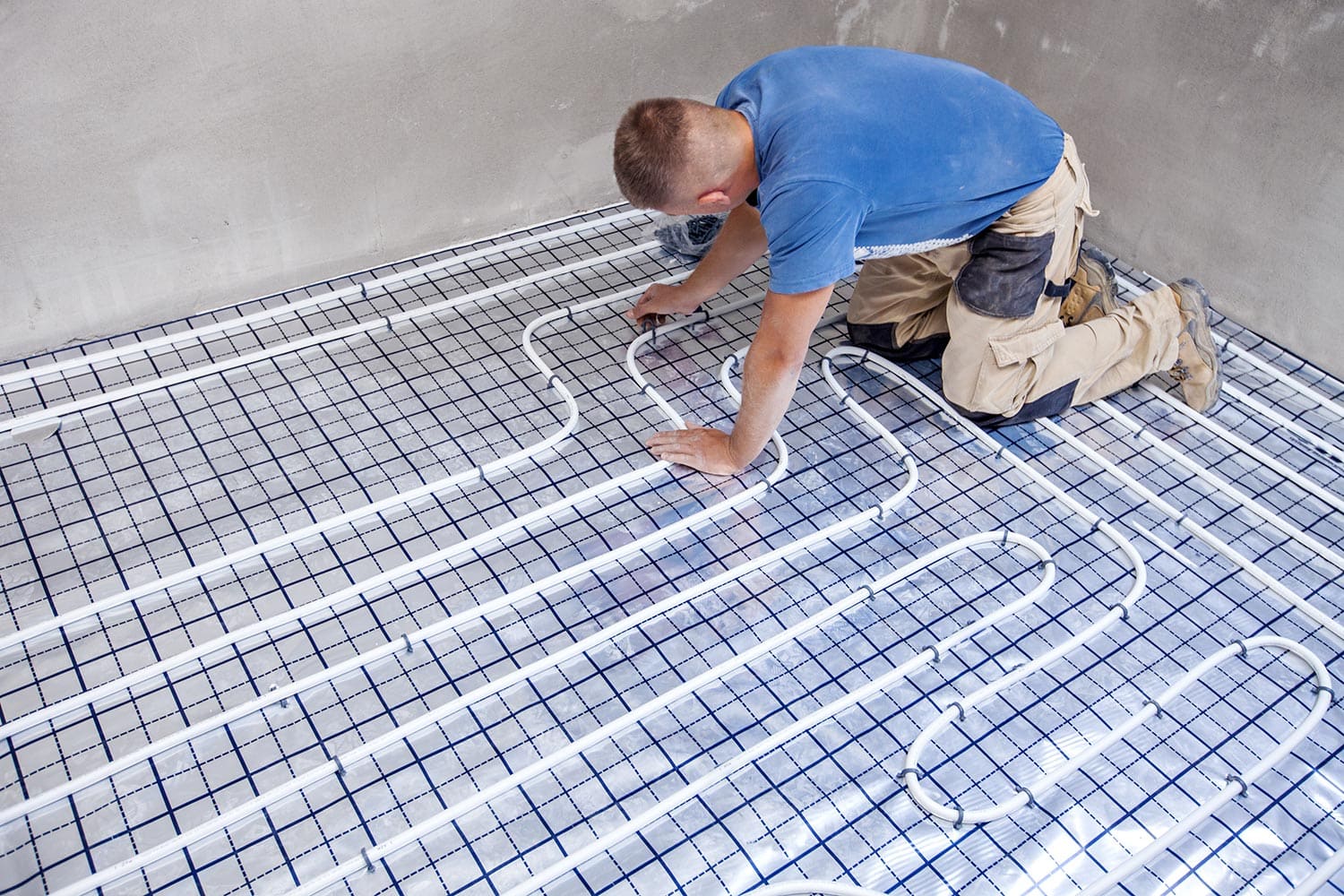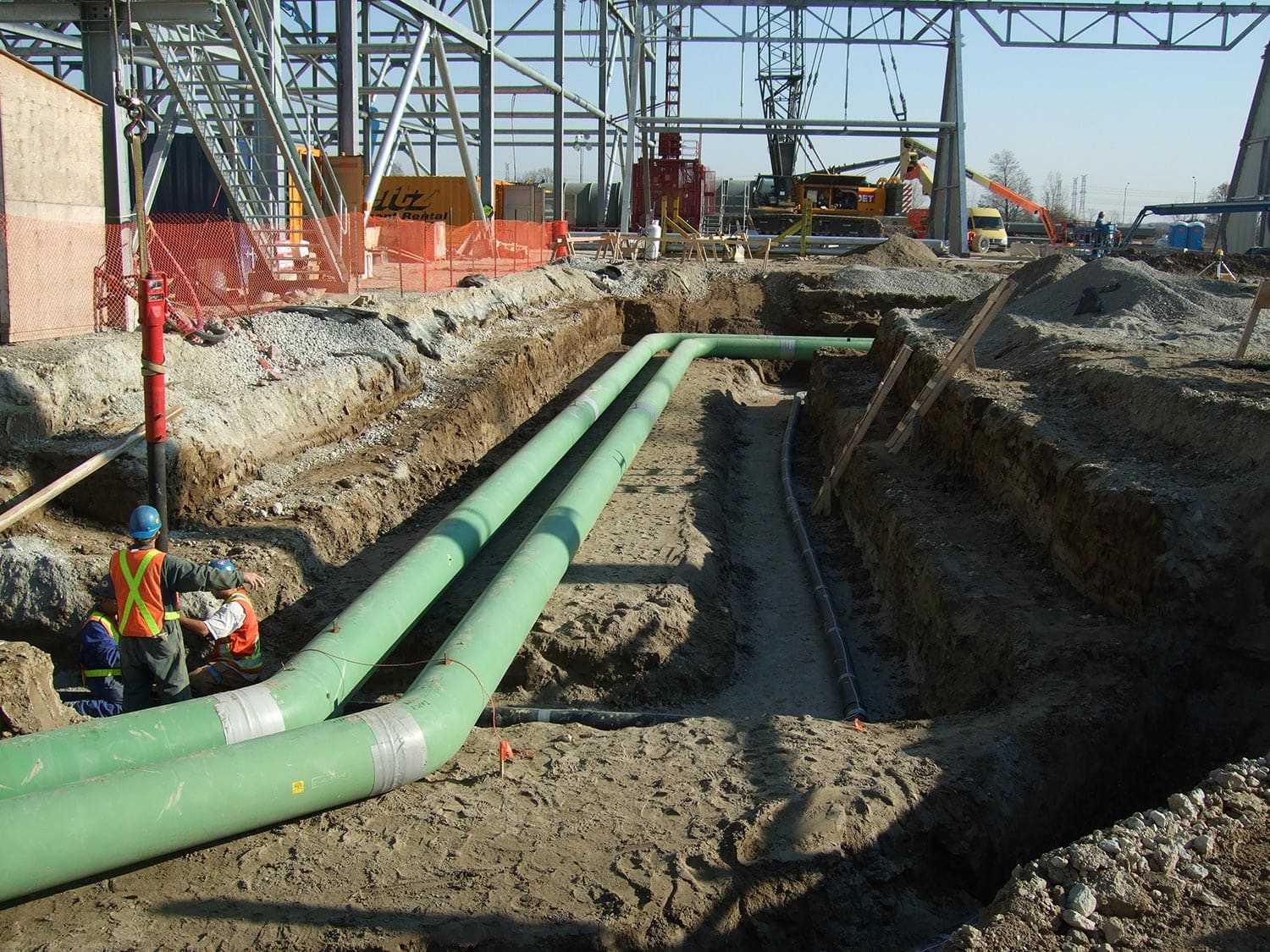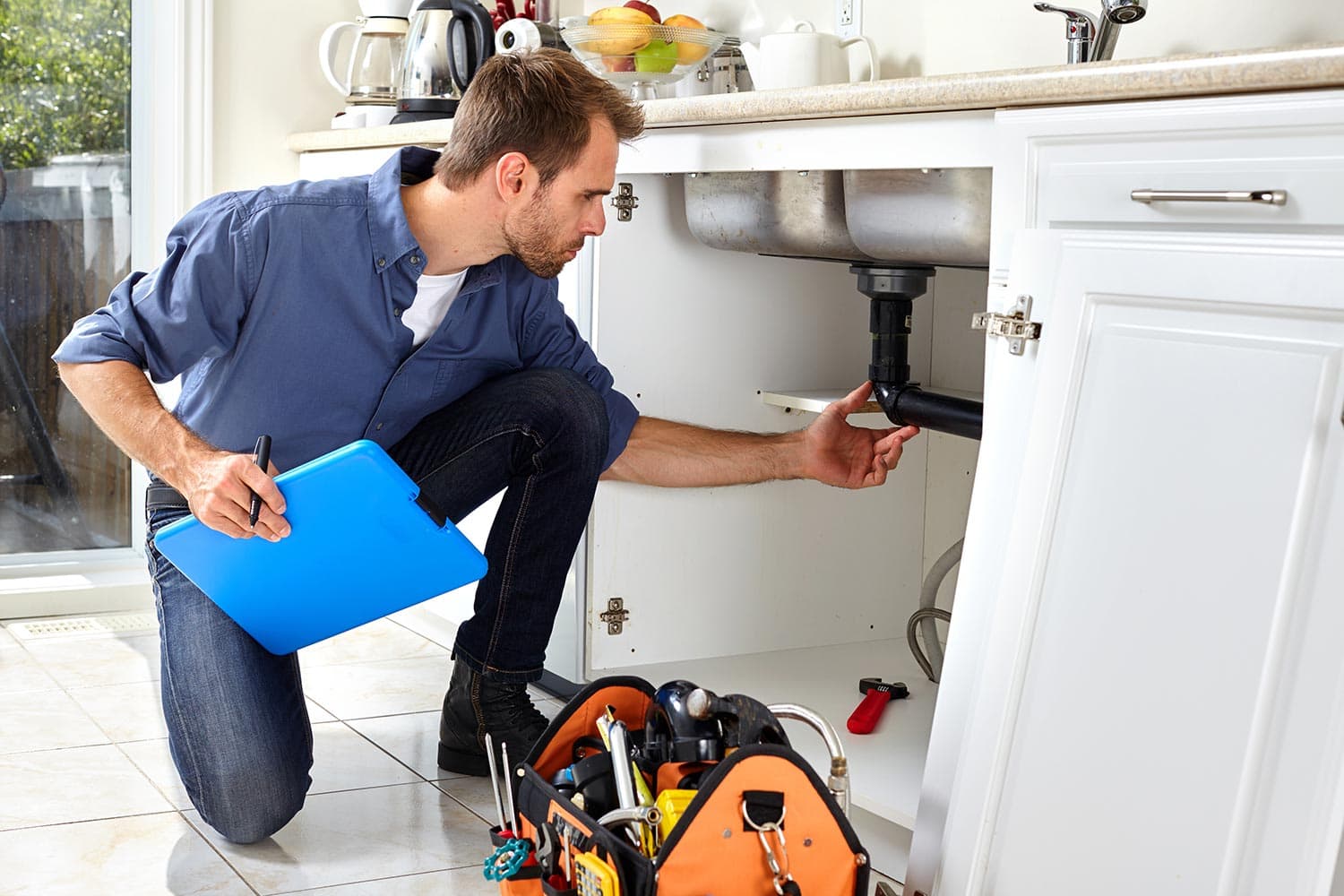Pipefitters install, repair, and maintain pipes that carry liquids or gases. But how much on average does a pipefitter make in the United States? Read on to find out!
A pipefitter's national average annual salary is close to $59,000. The yearly salary range ranges from mid $40s to the low $70s. However, salaries can be more or less depending on experience, education, and geographic location.
If you are interested in pursuing a career as a pipefitter, you are in the right place. In this article, we will discuss the earnings of a pipefitter, what they do, and the outlook for this career. We will also answer other questions about the pipefitter profession, so let's dive in!
![Pipefitter at work with PVC pipes, How Much Does A Pipefitter Make? [An In-Depth Salary Review]](https://hvacseer.com/wp-content/uploads/2022/05/How-Much-Does-A-Pipefitter-Make..png)
How Much Does A Pipefitter Make Annually?
A pipefitter is a tradesman who installs, repairs, and maintains piping systems that can contain acids, chemicals, and other hazardous materials. They are employed in various industries, such as oil refineries, chemical plants, and power plants.
Pipefitters may also install and repair systems in commercial and residential buildings. In some cases, pipefitters may be responsible for installing entire piping systems, while in others, they may only be responsible for specific parts of the system.

The average annual salary for a pipefitter is close to $59,000. The yearly salary range ranges from mid $40s to the low $70s. However, salaries can be more or less depending on experience, education, and geographic location.
In addition, pipefitters can make more by working overtime or taking on dangerous assignments. For example, those who work in the oil and gas industry may be required to work long hours, often in difficult and hazardous conditions.
However, like other tradespeople, pipefitters are often paid an hourly wage, depending on the company they work for and their experience.
In general, the more experience a pipefitter has, the higher their hourly wage.
What Is The Employment Outlook For A Pipefitter?
The job outlook for a pipefitter is good. The demand for pipefitters is expected to grow by 21% through 2022, much faster than the average for all occupations.
This growth is due to the increasing need for new and replacement piping systems in homes, businesses, and industries. Moreover, the aging of existing piping systems will require more pipefitters to replace them.
Pipefitters who have experience working with high-tech equipment and piping systems will have the best job prospects. However, all pipefitters willing to travel or work in remote locations will find good job opportunities.
In addition, there aren't enough pipefitters to meet the demand, so those who are already in the field should have little trouble finding work.
What Are The Requirements To Be A Pipefitter?
The requirements to become a pipefitter vary depending on the employer, but most require at least a high school diploma or GED. In addition, there is usually an apprentice program that lasts for 3-5 years.
The pipefitter will need to complete around 1,500 hours of on-the-job training and about eight weeks of classroom instruction each year during the apprenticeship.
You can take the classes at a vocational school, technical school, or community college.
The apprentice program will teach the pipefitter the skills they need to succeed in their careers, such as blueprint reading, smoldering, grinding, threading, math, welding, and safety.
After completing the apprenticeship program, the pipefitter will need to take a journeyman's exam to become certified. Once certified, pipefitters can work independently or apply for positions at companies specializing in piping.
To increase the chances of being a supervisor or manager, pipefitters can get a bachelor's degree.
However, it is possible to become a supervisor or manager without a degree if the pipefitter has many experiences and demonstrates leadership qualities.

What Are The Cons Of Being A Pipefitter?
Like any career, being a pipefitter has its pros and cons. Some of the cons we found include:
Physically Demanding
Pipefitters often have to lift heavy objects, bend, stoop, and stand for long periods. The job can also be dirty and dusty.
Dangerous Conditions
Some pipefitters work in hazardous conditions, such as around high-voltage electrical lines or confined spaces.
In some cases, the work can also be dangerous because of the chemicals used in the piping systems.
Long Hours
Pipefitters often have to work long hours, including nights and weekends. This can be especially true for those who work in the oil and gas industry.
There can also be emergencies that will require the pipefitter to work overtime.
High-Pressure Situations
Pipefitters often have to work under high-pressure situations, such as when the piping system needs to be completed quickly or when a repair needs to be done immediately.
Companies count on pipefitters to resolve an issue quickly to avoid production downtime, so the pressure can be high to get the job done right and fast.
Long Apprenticeship
One downfall is that the apprenticeship to become a pipefitter is long, lasting anywhere from 3-5 years.
This may seem like a long time, but learning all the skills required to be a successful pipefitter is necessary.
What are the pros of being a pipefitter?

Despite the cons, there are also many pros to being a pipefitter. Some of the pros include:
Good Pay
Pipefitters earn a good wage, especially when you consider the training and experience required for the job. Top-tier pipefitters can make over $90,000/year with overtime and advancement opportunities.
As mentioned earlier, pipefitters are also in high demand, so those already in the field should have little trouble finding work.
Overtime Potential
For some, working overtime is a con. However, it's a pro for others because it means earning more money.
Pipefitters willing to work overtime can earn time-and-a-half or even double their hourly wage.
Benefits
Pipefitters that are a part of a union often have great benefits, such as health insurance, retirement plans, and paid vacations.
Advancement Opportunities
Pipefitters who demonstrate leadership qualities can be promoted to supervisor or manager positions. Those who want to further their education can also become engineers.
Is A Plumber And A Pipefitter The Same?

Sort of, but not really. A plumber installs plumbing systems in homes and businesses, such as water lines, drains, and fixtures.
A pipefitter installs piping systems in industrial settings, such as factories and power plants.
The two jobs are similar in that they both involve working with pipes, but the type of pipes and the settings in which they are installed are different.
Typically, a pipefitter will work in more hazardous conditions and with more complex piping systems than a plumber. Both jobs require a high level of training and experience.
Plus, they can be great career options for those who are looking for good pay and benefits.
Is Match Important In Pipefitting?
Having a sound understanding of mathematics is essential for pipefitters. After all, they use mathematical formulas to calculate things like the flow of liquids through pipes and the amount of pressure that a pipe can withstand.
Additionally, they use math to figure out the best way to cut and connect pipes. So, if you're not willing to do some math, then being a pipefitter is probably not the right career for you.
Which State Pays Pipefitters The Most?
There is no definitive answer to this question because pay varies based on experience, skill level, and location.
However, according to Indeed.com, the states that pay pipefitters the most are Illinois, California, Alaska, Hawaii, and Massachusetts.
You also have to consider the cost of living in each state when determining which one pays the most.
For example, if you are offered a job in Alaska that pays $90,000/year, but the cost of living is high, you might not take home as much money as you would if you took a job that paid $75,000/year in a state with a lower cost of living.
It is also important to value where you want to live and the type of lifestyle you want to have.
For example, some people would rather live in a state like California or Hawaii and make less money than live in a state like Alaska and make more money.
The bottom line is that it all comes down to what you value and what is most important to you.
To Finish Up
Pipefitting is a great career choice for looking for good pay, benefits, and advancement opportunities.
However, it is important to note that the job does require a high level of training and experience. The trade is in high demand, so those who are already in the field should have no trouble finding work.
Made it to the end? Here are other articles you might enjoy:
At What Temperature Do Pipes Freeze?
